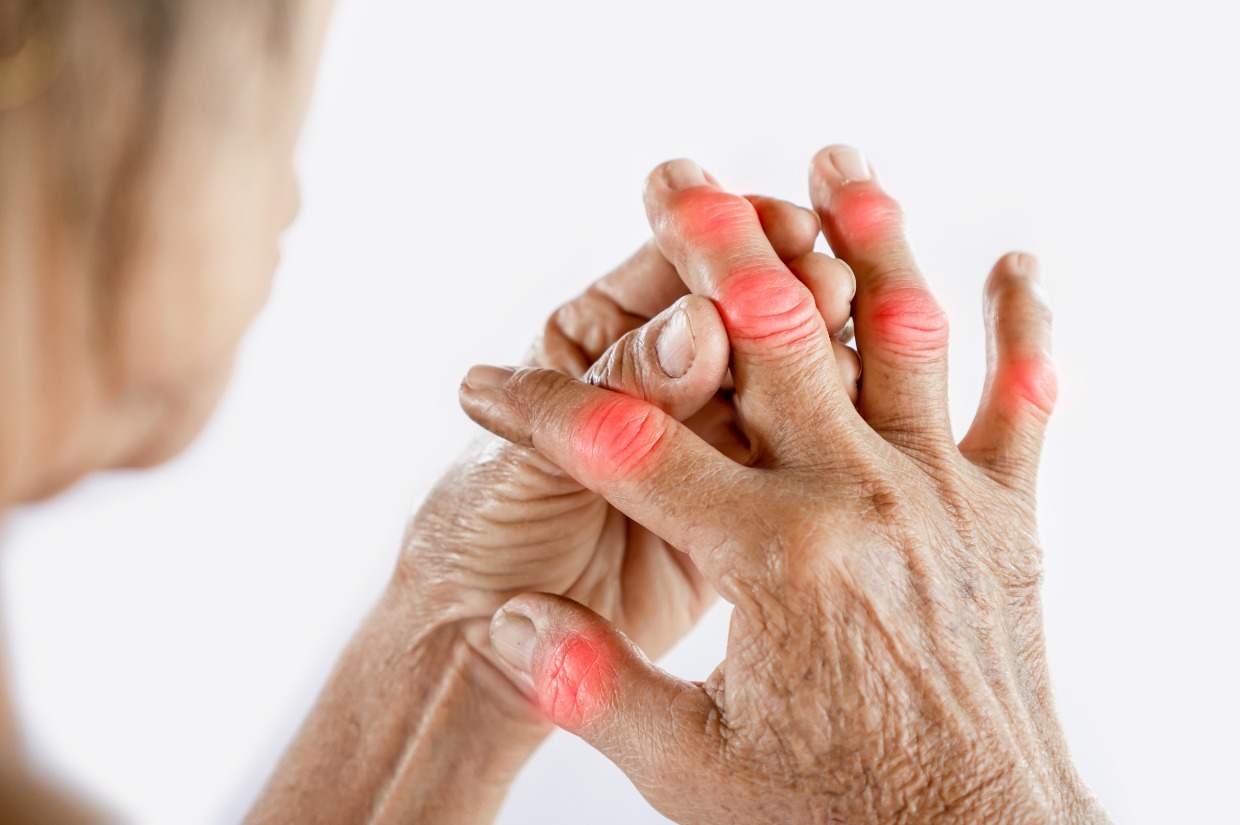Gout disease, often referred to as the “disease of kings,” has persisted throughout history, inflicting individuals with sudden, intense bouts of pain, swelling, redness, and tenderness in the joints. This inflammatory arthritis condition, characterized by the deposition of urate crystals in the joints, demands a nuanced understanding of its symptoms, etiology, and therapeutic interventions for optimal management.
Symptoms: Navigating the Painful Terrain
Gout disease manifests through a diverse spectrum of symptoms, including but not limited to:
- Intense Joint Pain: The hallmark feature is excruciating pain, commonly localized in the metatarsophalangeal joint of the big toe. However, it can affect any joint, leading to profound discomfort and impaired mobility. The pain is often described as throbbing, stabbing, or excruciating.
- Swelling and Inflammation: During gout disease attacks, affected joints undergo rapid swelling, becoming tender to the touch and visibly inflamed. The inflammatory response exacerbates pain and restricts joint movement, making even simple tasks challenging.
- Redness and Warmth: Inflamed joints often exhibit erythema (redness) and warmth, indicative of heightened blood flow and inflammatory activity in the affected area. The skin may feel hot to the touch due to the increased blood flow and inflammation.
- Limited Range of Motion: Gout disease-induced swelling and pain can significantly impede joint flexibility, hindering activities of daily living and diminishing quality of life. Joint stiffness and difficulty moving the affected joint are common during gout disease attacks.
Causes: Unraveling the Underlying Factors
Understanding the underlying causes and risk factors contributing to gout disease development is crucial. Key factors include:
- Dietary Choices: Consumption of purine-rich foods, such as organ meats, seafood, red meat, and alcoholic beverages, can elevate serum uric acid levels, predisposing individuals to gout disease attacks. Excessive consumption of these foods can contribute to the development and exacerbation of symptoms.
- Genetic Predisposition: Genetic variations affecting uric acid metabolism and excretion can increase susceptibility to the disease. A family history predisposes individuals to inheritable genetic traits associated with hyperuricemia, increasing their risk of developing the disease later in life.
- Lifestyle Factors: Obesity, excessive alcohol consumption, dehydration, hypertension, and certain medications (e.g., diuretics, aspirin) can disrupt uric acid homeostasis, raising the risk. Lifestyle choices and underlying health conditions play a significant role in the onset and severity of symptoms.
Treatment Options: A Multifaceted Approach
Managing gout disease necessitates a comprehensive treatment regimen tailored to individual needs. Treatment modalities include:
- Medications: Nonsteroidal anti-inflammatory drugs (NSAIDs), corticosteroids, and colchicine are commonly employed to alleviate pain and reduce inflammation during acute gout attacks. These medications help manage acute symptoms and shorten the duration of gout flare-ups, providing relief to affected individuals.
- Urate-Lowering Therapy (ULT): ULT medications, such as allopurinol and febuxostat, aim to lower serum uric acid levels, preventing recurrent disease flares and long-term joint damage. ULT is often recommended for individuals with recurrent or severe gout disease attacks, as it addresses the underlying cause of hyperuricemia.
- Lifestyle Modifications: Adopting a balanced diet low in purines, maintaining optimal hydration, limiting alcohol consumption, achieving a healthy body weight, and engaging in regular physical activity are pivotal in managing gout disease and reducing the frequency of flare-ups. Lifestyle changes play a crucial role in preventing gout disease flare-ups and improving overall joint health, contributing to long-term symptom management.
Conclusion: Empowering Individuals in Gout Disease Management
Gout disease, though challenging, is a manageable condition with appropriate medical intervention and lifestyle adjustments. By fostering a deep understanding of its symptoms, etiology, and treatment options, individuals can take proactive steps toward effective gout disease management and improved quality of life. Embracing a holistic approach that encompasses pharmacotherapy, lifestyle modifications, and complementary therapies empowers individuals to navigate the complexities of gout disease and achieve optimal health outcomes.
Remember, proactive management and ongoing collaboration with healthcare professionals are essential in the journey toward alleviating the burden of gout disease and reclaiming vibrant health and well-being. With proper management and a comprehensive treatment plan, individuals with gout disease can experience improved joint function, reduced frequency of flare-ups, and enhanced overall well-being, enabling them to lead fulfilling lives.
Visit Dr. Dhaiwat Shukla, the best Rheumatologist in Ahmedabad known for his compassionate approach to rheumatological care. His expertise, personalized treatment plans, and commitment to improving patients’ well-being make him a trusted choice for those seeking relief from rheumatic conditions.





